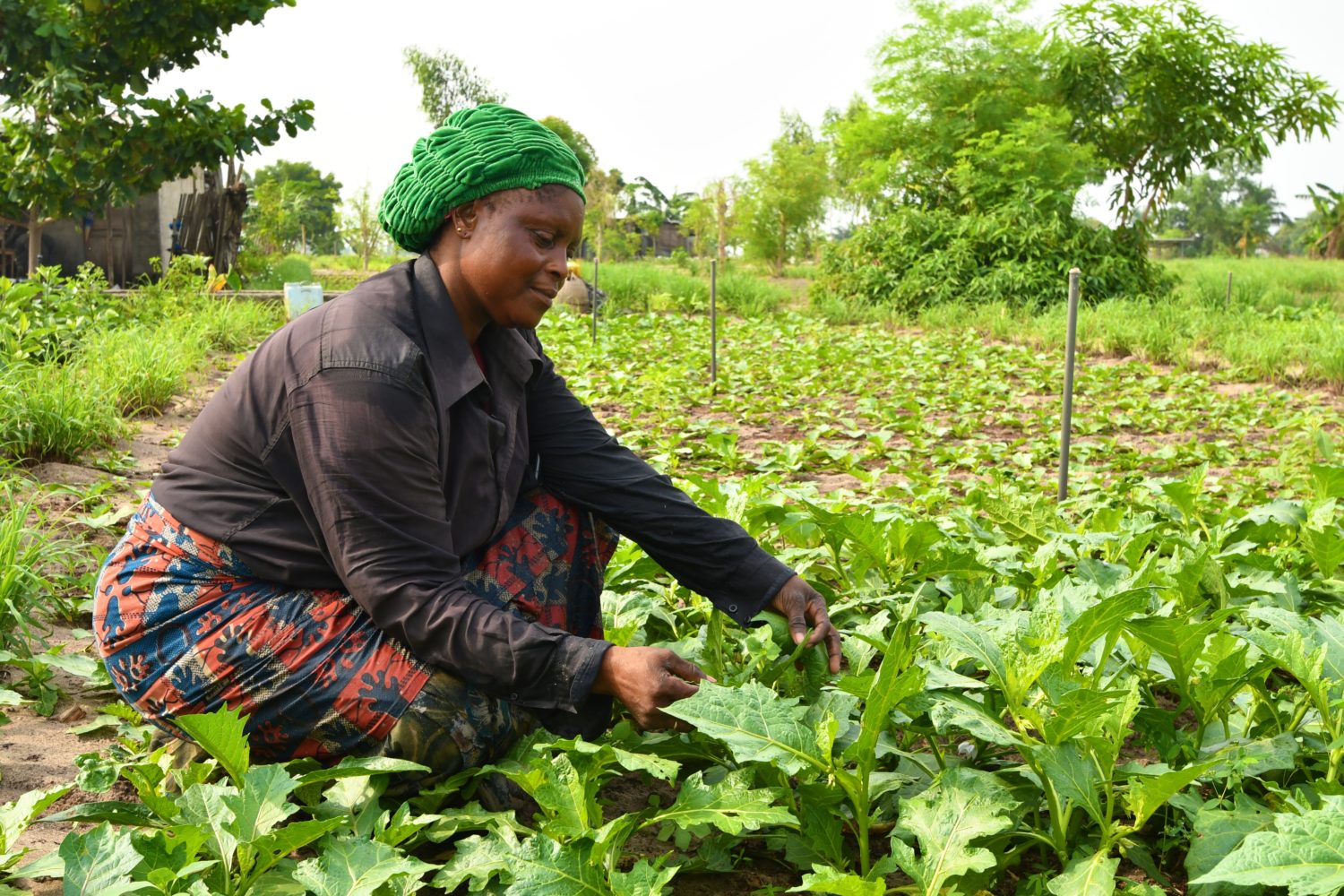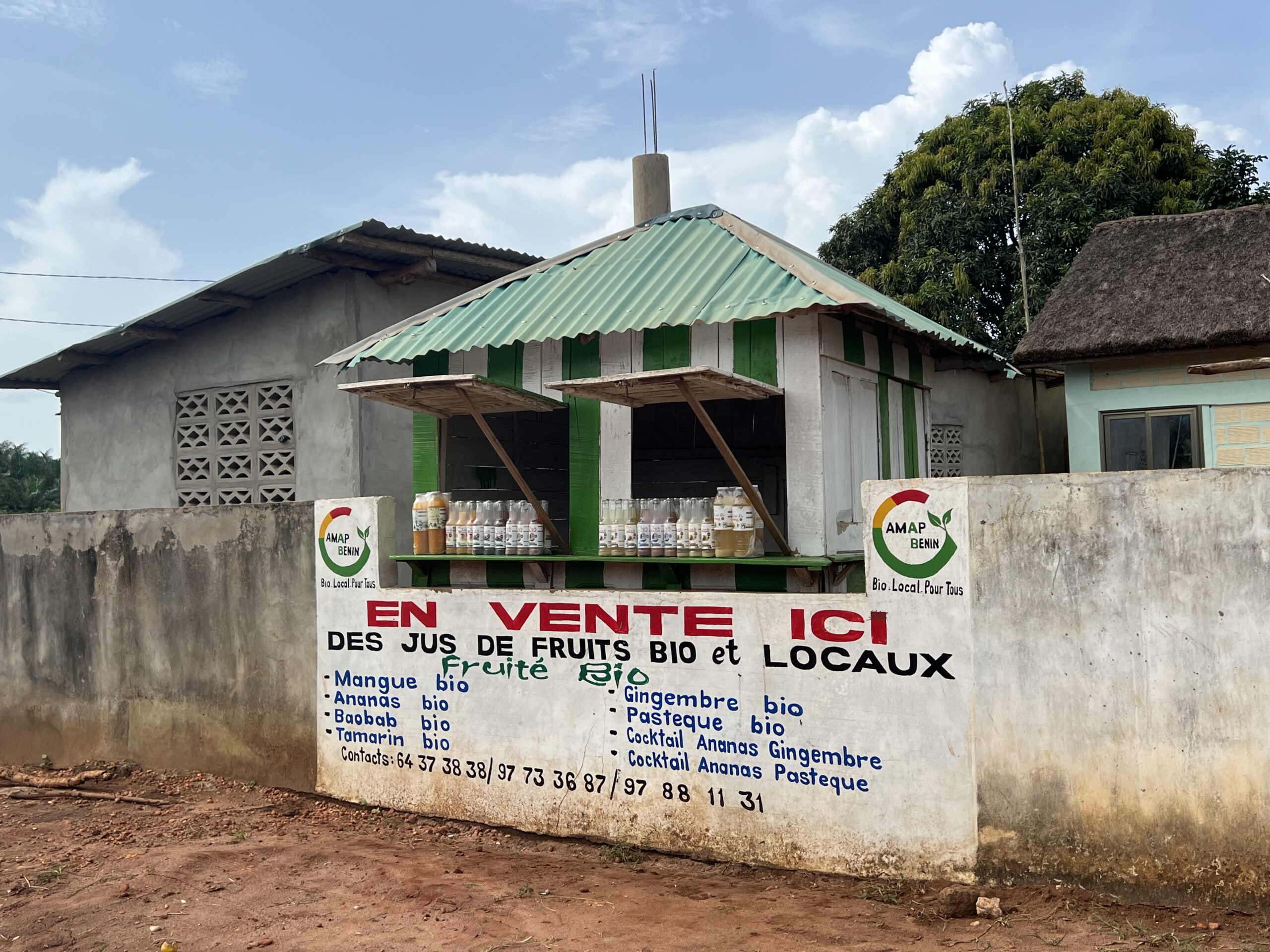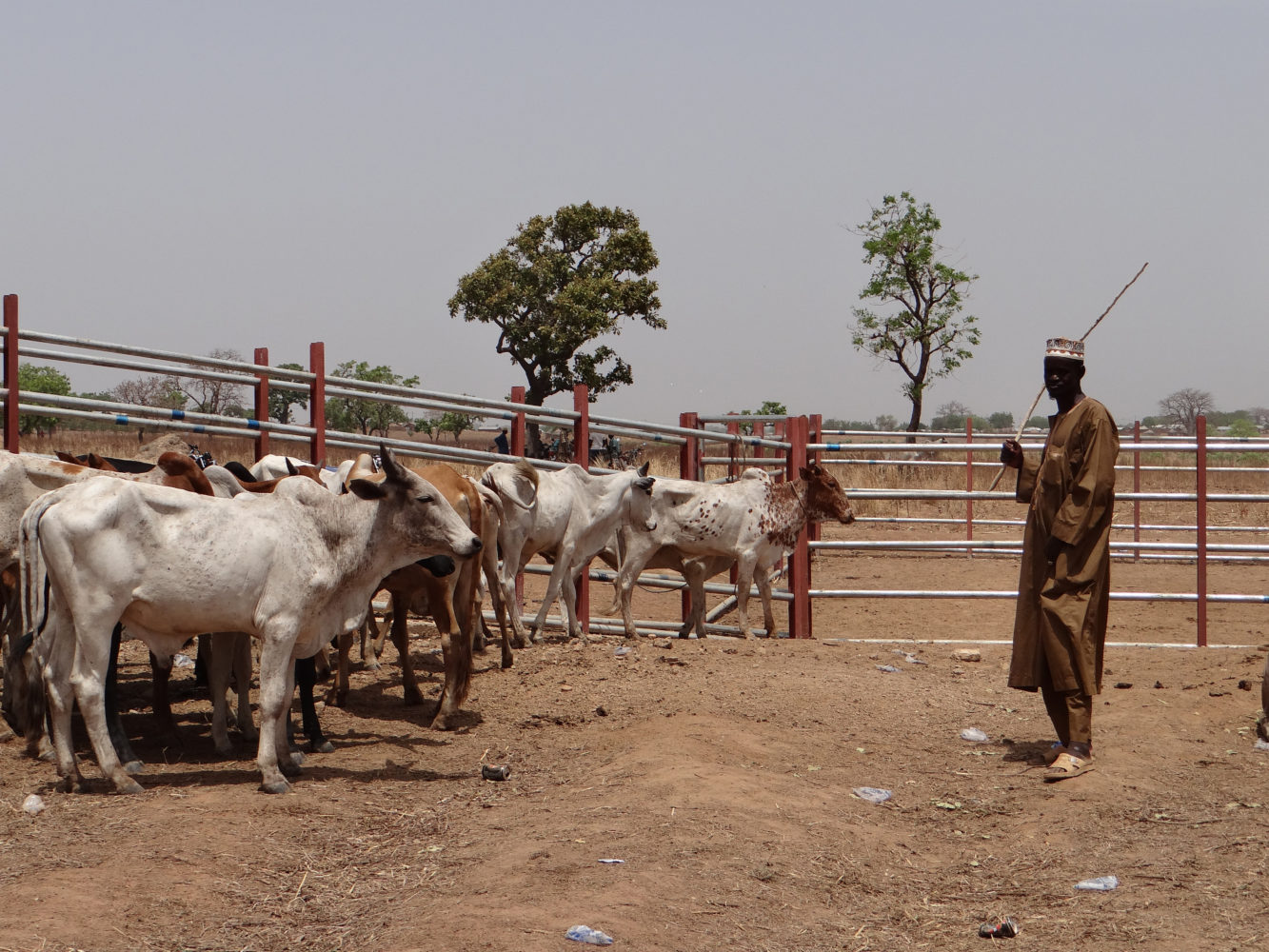Research[1] into multi-dimensional inequalities in West Africa shows that “the situation of poor women with little schooling in rural areas is much worse than that of the rest of the population“. Although there are relatively more African women in the labour market than in other parts of the world, many of them work in informal, low-paid, low-productivity jobs and have no access to vocational training.
For example, a UNDP report[2] shows that having an equal proportion of women and men in the workforce, equitable access to paid work and the same level of productivity would increase Africa’s GDP by between 5% and 18%. It is precisely those countries with the greatest gender gaps that have the most to gain from this process.
In Latin American countries, despite a higher human development index, all the demographic, social and economic indicators also reveal highly marked multi-dimensional inequalities between men and women, urban and rural areas, dynamic regions and regions in crisis.
Finally, it should also be emphasised that the impacts of climate change differ according to gender. Women and girls are more vulnerable to the impacts of climate change than men: climate crises exacerbate gender inequalities.
This is why Acting for Life (AFL) is pursuing the dual objective of reducing gender inequality and strengthening the economic impact of its projects through greater inclusion of the women who contribute to or benefit from them. As a result, taking gender inequalities into account has become an integral part of our approach and our projects in three areas:
- In line with its model, Acting for Life ensures that this issue is also, and above all, addressed by its partners. As the cultural and social dimensions are particularly significant, change can only be brought about by those involved in development at local level. AFL therefore encourages and supports its partners in gradually increasing the number of women in its governing bodies, management and staff. The inclusion of gender issues in their action plans and projects is strongly encouraged.
- Working with its partners, Acting for Life identifies the most relevant levers for reducing gender inequality in each of its areas of activity. For example, our projects help to promote the most female-dominated professions in a value chain or to facilitate young women’s access to labour-intensive vocational training courses in which there are few women. Our initiatives provide them with specific support throughout the training cycle and in their professional integration process.
- Firstly, the association aims to measure progress in terms of women’s participation and the economic and social benefits of this greater participation. Secondly, AFL endeavours to assess women’s willingness to participate and assert their rights, as well as the willingness of men (within partner organisations and the people supported by our projects) to support this movement towards greater gender balance. The aim of these analyses is to provide food for thought when setting up new projects, to help define the partner organisations’ priorities in terms of gender equality and to facilitate the exchange of good practice between organisations.
[1] Analyse des inégalités multidimensionnelles en Afrique de l’Ouest et stratégie de réduction des inégalités Auteur Teresa Cavero – research project DEVCO, AFD, AECID et OXFAM – november 2020
[2] Closing gender gaps in labour and productive resources in Africa – UNDP – november 2018




